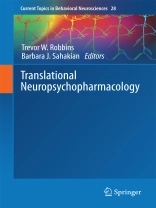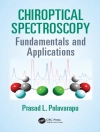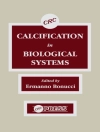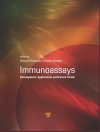This book covers wide areas of animal and human psychopharmacology with clinical utility in the treatment of psychiatric and neurological (e.g Alzheimer’s disease) disorders. The main theme is to develop a new paradigm for drug discovery that questions the claim that animal models or assays fail adequately to predict Phase 3 clinical trials. A new paradigm is advocated that stresses the importance of intermediate staging points between these extremes that depend on suitable translation of findings from animal studies to Phase 1 or Phase 2 studies utilising experimental medicine.
Inhoudsopgave
Translational mouse models of autism; Advancing towards pharmacological therapeutics.- Translatable and back-translatable measurement of impulsivity and compulsivity; convergent and divergent processes.- Translational models of gambling-related decision-making.- Translational research on nicotine dependence.- The need for treatment-responsive translatable biomarkers in alcoholism research.- On the road to translation for PTSD treatment: theoretical and practical considerations of the use of human models of conditioned fear for drug development.- Translational approaches targeting reconsolidation.- Translational assessment of reward and motivational deficits in psychiatric disorders.- Affective biases in humans and animals. Robinson.- Locomotor profiling from the rodents to the clinic and back again.- Animal models of sensori-motor gating in schizophrenia: Are they still relevant?.- Attention and the cholinergic system: relevance to schizophrenia.- Attentional-set-shifting across species.- Relating Translational Neuroimaging and Amperometric Endpoints: Utility for Neuropsychiatric Drug Discovery.- Cognitive translation using the rodent touchscreen test approach.- The Paired Associates Learning (PAL) Test: 30 years of CANTAB Translational Neuroscience From Laboratory to Bedside in Dementia Research.- Translational approaches to experimental medicine.












